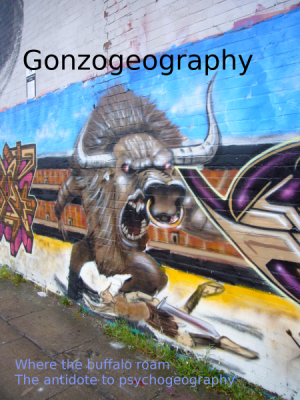Work Begins On Ikea “Mini-Venice” By Olympic Park
Insert joke about IKEA flat pack here...
The planners for this mucky development wanted British Waterways to move the tidal limit (at Shortwall) a few hundred metres downstream so that they would see a canal like waterway, rather than the mud at low tide (twice a day). What they do not know is that Prescott Lock and the weir at Shortwall are there for the next few years. But if the Environment Agency give the word, then the £20 million lock and weir will be de-commissioned (if they assess that there is a flood risk). At that point, the waters will be tidal up the Lea Bridge Sluices again. Chew on that, Ikea boys!
Strand means beach, of course.
And those "water taxis"? The Water Chariots scheme is still beached at Limehouse Basin, due to Tower Hamlets Planning rejected the scheme (they applied for a Lawful Development Certificate), requiring that British Waterways go through an Environmental Impact Assessment (consultation). The appeal by British Waterways is still with the Secretary of State.
Application number PA/11/00480
Planning Inspectorate reference number. APP/E5900/
Site address Limehouse Basin, Narrow Street, London
Proposal Screening Opinion as to whether Application for Lawful Development
Certificate in respect of proposed installation of additional moorings for water
taxis and leisure purposes constitutes development requiring an Environmental Impact
Assessment.
Application decision EIA Required
Appeal type
Appeal procedure
Application decision date 2011-05-23 00:0
Appeal received 2011-06-13 00:0
Appeal decision
Appeal decision date
Some delay there....
Perhaps they lost the Allen Key?

